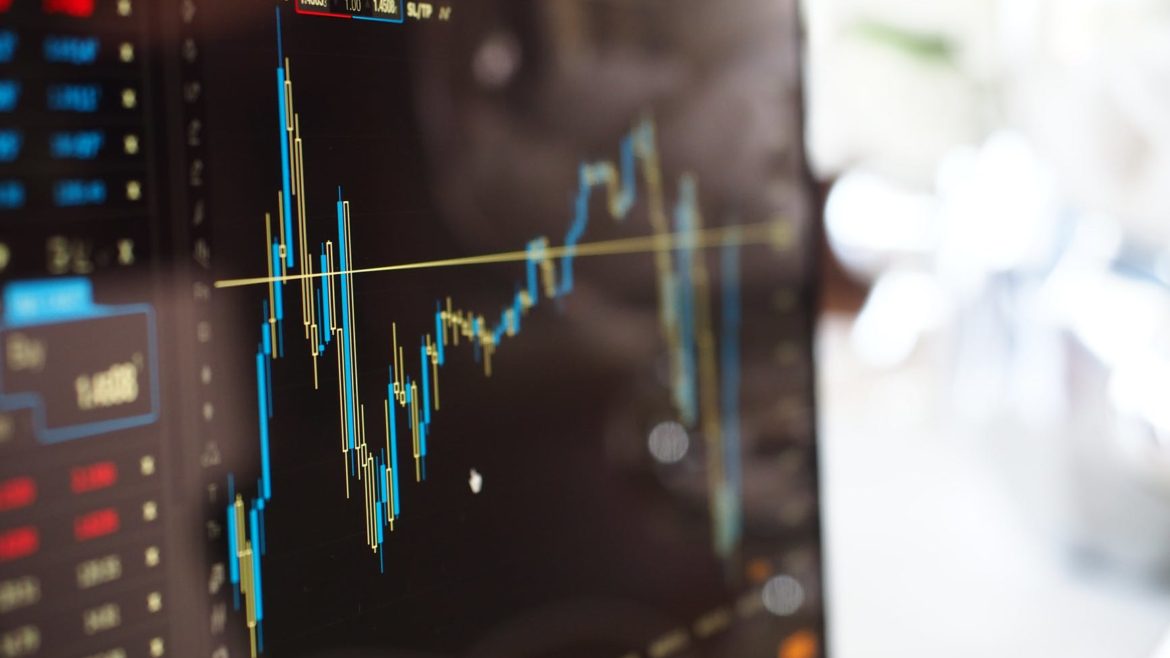03/20/2020 – In a nutshell:
– The systems (society, economy and finance) are shut down in a controlled manner (reset)
– Capital markets in search of a bottom
– An active portfolio strategy offers advantages
Reset of the systems
With the aim of breaking the chains of infection and smoothing the course of the infection rates, further far- reaching measures are adopted by politicians every day. Borders are being closed and freedom of movement restricted. In our free and liberal society, this only works in steps and in the right amount. Who would have thought four weeks ago that in Europe curfews would be imposed, educational institutions and shops would be closed and panic buying would be the order of the day. By providing information and transparent decision-making processes, politicians have succeeded in taking up the fight against the spread of the coronavirus with all their determination. Despite the restrictions in public and social life, the population is largely calm. This is an indication of good crisis management. By now almost every citizen should be aware of the threat. The pictures of the Italian military’s removal of the dead last Thursday have probably removed any remaining doubts about the seriousness of the situation.
The restrictions in public and social life are pushing the economic and financial system to the limits of its resilience. The economy is going into a tailspin, and these days the news about the size and extent of the recession is overflowing. In its risk scenario, the German Ifo-Institute assumes that the German economy will decrease by 6% in 2020. SECO calcu-lates a 1.3% decline in economic output for Switzerland.
This downturn must be managed. Governments and, above all, the major central banks have taken on the task. Since the outbreak of the crisis in the western world at the beginning of March, the US Federal Reserve and the European Central Bank (ECB) alone have pumped around USD 2 trillion into the market. Governments around the world have put together packages to take the burden off companies and people, also in the trillion dollar range. This is not yet about stimulating the economy, but solely about bringing down the systems in a controlled manner. In fact, it seems that the collapse of the financial system can be avoided. It is not yet clear whether the mechanisms will actually prevent the collapse of the economy.
So we can divide the current events into two phases:
Phase 1: Containing the pandemic (currently up to ???)
Phase 2: Keeping the financial and economic system stable (starting in March, measures taken by the ECB, Fed and others central banks)
The next phase, the revival of the economy, can only begin after visible successes in containing the pandemic have been achieved. Otherwise, the risk that the possible measures will fail would be too high. The timing cannot be verified, but it is not a question of whether, but only when economic stimulus packages will be enacted on a scale not yet conceivable today. That is why we are already including Phase 3 in our agenda today:
Phase 3: Reviving the economy (to start as soon as the pandemic is over)
Capital Markets
There can be no talk of a controlled shutdown on the international capital markets.
The stock markets are showing the biggest crash in 11 years. Never before have the stock markets fallen so sharply in such a short time.
At the beginning, the opposing correlations of different asset classes seemed to work. Gold rose to a multi-year high and the bond markets were also relatively stable. However, this ideal world of modern portfolio theory only lasted for about 10 days. Since the beginning of the second week of March, the capital markets have been in panic mode.
The stock market crash accelerates, the gold price falls, the US dollar rises, bonds with lower credit ratings crash in line with the stock markets. Even regional diversification creates only limited benefit.
When will the bottom be reached? – We do not know!
At this point we repeat: panic has never been a good advisor!
Sometimes, however, it helps to change one’s perspective and reflect on one’s original idea of investing.
Simple questions often help in this process, such as:
– Is the potential for surprise from now on on the positive or the negative side?
– What should my portfolio structure look like in 1, 2 or 3 years?
– What will be easier for me? To buy or sell shares at a discount of 35%?
– How are other players such as central banks, investment professionals and companies likely to act in the capital markets?
Foresight and prudence are better advisors than fear!
Our portfolio strategy
The protection of the assets entrusted to us is the focus of our actions.
For this reason, we were relatively quick to reduce risk ratios and build up liquidity at the beginning of the crisis. In this way, we want to retain our freedom of action at all times. In each of these steps, it is important to keep an eye on the quality of the portfolio.
We were not able to avoid all losses, but we did manage to keep a good portion of the price crash away from our clients’ portfolios.
At present, we are heavily underweighted in equities and have adjusted the bond side of the portfolio to eliminate excessive creditworthiness and credit risks. We are entering the next phase with a high liquidity ratio.
It is not yet certain when and at what level the capital markets and especially the international stock markets will bottom out.
However, the message should be clear to every market participant. As soon as reports of success in the fight against the pandemic hit the news and central bank and fiscal policy adopt concerted programs and measures to boost the economy, investment ratios should have risen again.
From our point of view, the liquidity gained has to be reinstated in several steps to bring the risk positions to a neutral position over the next weeks.
Stay healthy and fit.
Sincerely
Belvoir Capital AG



